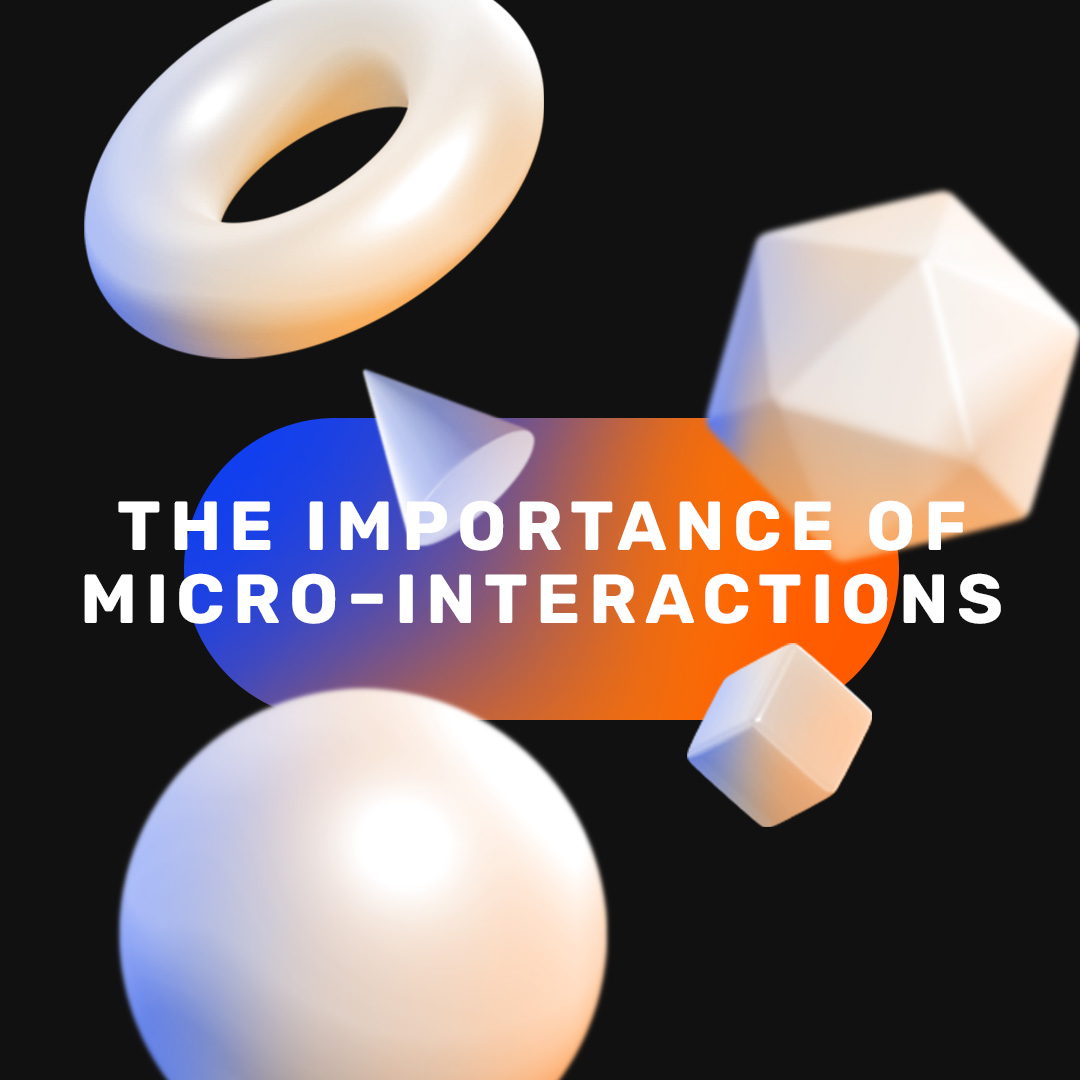
How To Generate B2B Leads With Conversational Marketing
Today, in the B2C space, it’s very easy to get information about a product, to compare different brands, to read reviews and value propositions, and read about cultures. With easy research, we can find all we want to know, and the buying process is just a normal consequence. If we call Uber on our phone, the driver would be there in about one to two minutes, and that’s what we expect from everything. This however, doesn’t happen in the B2B world, as the rules, for some reason, don’t apply to how we all actually do things in real life.
In the B2B world, we have to fill out a form and wait until someone replies. Then we start receiving calls, calls, and even more calls, and we enter in an email automation flow. But in our dynamic world, we want all the information now, not the day after or when the other part is available.
The typical approach to qualifying leads takes days of marketing automation and nurturing emails. But according to a study from Harvard Business Review*, companies need to respond within five minutes of initial contact to have the best chance of qualifying a lead. If you wait any longer, your odds of qualifying the lead decrease by 400%.
Is there a better option? Absolutely, and it’s called conversational marketing. The goal is to bypass mediums of one-way communication, like emails and forms, and engage the customer in meaningful two-way communication.
In this way, we can decrease the friction in the buying process, making sure the potential leads have all their questions answered with a personalised approach.
“We’re not focused on replacing humans with bots, we are focused on using bots to facilitate more powerful conversations between two humans.”
Dave Gerhardt, former Drift CMO
Applications
Live Chat On The Website
Implementing a conversational marketing strategy doesn’t mean you have to radically change the way you do marketing. You can basically add a new channel, transforming your website from a catalogue to a live entity.
Imagine this process in 4 steps:
- A user lands on your website and starts consuming your content;
- After a few seconds, an automated chatbot greets him (24/7), and offers assistance. The user, then, decides to type his question in the messenger’s text box;
- The chatbot answers appropriately and asks more questions, to understand the user better. This will also help the bot recommend the next steps for the person engaging with it. Some chatbots are able to greet the visitor using his company name, or even his personal name. If the user asks for human interaction, the chatbot could transfer him to the sales rep in charge (or even book meeting for him automatically).
- Within minutes, the visitor can chat with a real person, who is able to answer all the questions and provide further detail on the company’s solution to the problem at hand. Sometimes, they can ultimately close the sale.
In just a few minutes, conversational marketing enabled a quick journey through the sales funnel, instead of dragging out the lead qualifying process over a period of days or weeks.
Facebook Ads Combined With Messenger
Another very useful application is connecting a chatbot to your Facebook Ads. Instead of bringing your users from an ad to your landing page, you can start a conversation with them on Facebook Messenger (a platform that has 1.3 billion users globally). What are the advantages of doing that?
- You create a more human buying experience, by starting a conversation and not forcing anyone to give you personal details, before giving them the information;
- The user follows some pre-set conversational flows, but can still write questions, and the chatbot should be set in a way to connect the user to a real person;
- Even if the user knows they’re talking to a chatbot, the interest level is very high because it’s a real-time interaction and not a static landing page;
- The typical open rate for a message in Facebook Messenger is between 70% and 80%, while the average email is around 20%, and the percentage of people who answer cold calls is around 57%;
- You can use “instant remarketing” - if you build your flow with tools like Manychat or Chatfuel, every time the user leaves the conversation or doesn't answer for (let’s say) 15 minutes, the chatbot can send him a message to try to make him interact again;
- Once a user interacts with your chatbot on Messenger, you have 24 hours to communicate with them for free (it’s also called “free remarketing”). You should make the most of this time, giving the user more reasons to become a lead (creating a sense of scarcity, providing reviews, more information, and more lead magnets);
- In these 24 hours, you can ask the user the authorisation for sending him another message in the future (for example, when a product goes on sale, when the new collection will arrive, etc). It’s called “one-time notification”, and it gives you the opportunity of reaching out to your lead again, in the future, completely for free;
- You can create Facebook Custom Audiences based on how people interacted with your chatbot (for example, including people that stopped in a certain point, or people that wrote particular words, like “price”, “hours”, “discounts”);
- After a user becomes a lead, the conversation can continue. You can offer them to join an event, visit your website, or try another feature of your chatbot.
Conclusions
Chatbots are not just convenient for users. They provide so much information that companies can use to gain new insights into their audience. HubSpot's Conversational Marketing Manager Connor Cirillo said it best: “Your conversational marketing audience is much more insightful than your other channels. They'll tell you in their own words how they want to interact with your business. There's no inferring or guessing.”
When you set up a chatbot, always prefer the quality of the conversation over the number of users. And remember that this is conversational marketing, and a conversation is a two-way interaction. Before sending a promotional message, introduce yourself, wait until the person replies, ask their opinion on something, and answer their questions. And make sure you have enough resources to provide real-time support, during office hours.
Would you like to understand how conversational marketing could be a good choice for your business? Get in touch!
Credits:
*https://hbr.org/2011/03/the-short-life-of-online-sales-leads
www.godelta.com
www.beacondigitalmarketing.com
hbr.org
drift.com
onair.wearemarketers.net
www.b2bleadblog.com
Today, in the B2C space, it’s very easy to get information about a product, to compare different brands, to read reviews and value propositions, and read about cultures. With easy research, we can find all we want to know, and the buying process is just a normal consequence.
RELATED INSIGHTS
4 B2B Marketing Trends You Should Consider in 2021
In this digital landscape people are overwhelmed by a mix of B2C and B2B messages and promotions. Hence it becomes crucial for B2B marketers to understand which macro trends will likely have the biggest impact on companies throughout the year. Here’s a list of four macro B2B marketing trends that we suggest you watch in 2021
Enjoy the little things - The importance of micro-interactions in digital design.
From scrolling through your social media feed to adding the latest episode of Marvel’s WandaVision to your watchlist on Disney+, micro-interactions often go unnoticed, but are everywhere. Read our latest article to understand what micro-interactions are and why they are so important in design.




